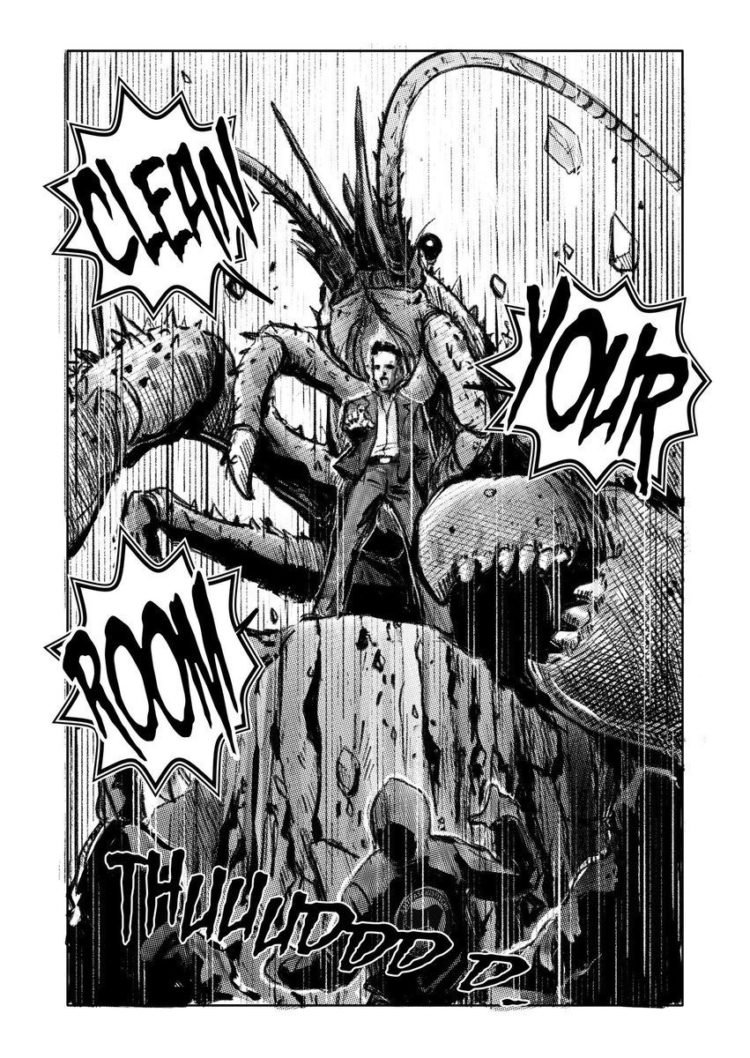It’s thirty years since Jacques-Alain Miller’s made a presentation on the “Ironic Clinic”[1] which contrasted humour as “inscribed in the perspective of the Other” as Lacan discusses it in Seminar V, with irony which “…on the contrary, is not of the Other but of the subject, and goes against the Other. What does irony say? It says that the Other does not exist, that the social bond is fundamentally a swindle, that there is no discourse that is not of semblant.”
Miller proposes that irony is the mode of wit par excellence of the schizophrenic, for whom the symbolic is real, and who may come to realise that “the symbolic is but semblant for all the other subjects”, and that it is precious to psychoanalysis, which aims, in those who believe in the Other, at a certain desupposition of this belief.
Irony, as an expression of meaning using language that normally signifies the opposite, can be a comic device of course. We all know the comic truism that the irony of Alanis Morissett’s 1996 single Ironic is that she sings about examples of irony which are not ironic – and this surely appeals to the Other – a kind of ironic humour. But the irony of which Miller talks is one which ironises the Other as such, a radical irony.
In 1988, when Miller spoke of irony, postmodern ironists were busily declaring the inauthenticity of the world, but often in a framework from which there could tacitly be assumed to be a position of authenticity from which to ironise, and thus the supposed authenticity of the Other.
Post-irony has two senses – the first, which is very common in post-ironic memes[2], is that in which the ironising opposition of what is meant against the usual meaning of what is said is undermined. With this there is a short-circuiting of the position of knowing where one stands in relation to the ironic displacement. The effect is that of an often amusing confusion. It’s a kind of wit where I may be left not understanding what’s happened, or why it was funny. The second sense of the term is that in which the irony is folded back on itself and what is said in a seemingly ironic manner is simply what is believed, and its absurdity enjoyed too – an irony in which its irony is ironised – it is often not clear to the recipient of this irony whether it is meant or not.
It is post-irony in that it goes beyond the basic form of irony, whilst redoubling its effect. We live in a world in which the veracity of the social bond seems even less secure for most. A world which is less given as neuroticentric. All this seems to be reflected in the rise of post-irony. Post-irony seems related to a hypermodern acceleration of the semblantisation of the Other.
Post-ironic humour, as developed most famously on the 4chan internet imageboard, has become bound up in the sensibility of right-wing post-truth politics. The meme of Pepe the frog[3] being the most famous example – a shibboleth, during Trump’s election campaign, of the ‘alt-right’, whose adherents were quite effective in refusing to confirm their beliefs when asked, whilst signalling them quite clearly.
An example [4]– I recently found an anonymously produced cartoon about the populist psychologist Jordan Peterson, himself much favoured among those of the alt-right, being shared among friends on social media who couldn’t work out whether it was satirical or not. The cartoon employs the style of the ironic 70s – 80s Leftist comic 2000AD, but to post-ironic effect. Whilst the ultra-violence of 2000AD was an ironic warning against the ‘social order’ of an increasingly hostile UK State, the violence of this cartoon is in favour of its authoritarian protagonist. If Peterson is keen to find ways of reinstating the social bond, it was not without irony that he shared and enjoyed this cartoon on social media insofar as its post-ironic mode may treat the Other by which such a bond might be supposed, as a swindle. In place of a supposed Other, we can each follow the leadership of Peterson, or whoever may take that role. If the ironic, in the guise of the post-ironic, links to the desupposition of the Other, then it far from desupposes the imaginarily organised grouping of those who gather under its sensibilities.
If against the backdrop of postmodern irony, Miller’s proposition in Ironic Clinic was ahead of its time, it is increasingly timely in its relation to what is found ever more in the world under the name of post-irony.
[1] Jacques-Alain Miller’s Ironic Clinic was a presentation made at the Vth International Encounter of the Freudian Field, Buenos Aires (1988). Published on the website of the London Society of the New Lacanian School. http://londonsociety-nls.org.uk/Publications/007/Miller-Jacques-Alain_Ironic-Clinic.pdf
[2] Much of the American Chopper meme series could be taken in this way: https://knowyourmeme.com/memes/american-chopper-argument
[3] https://knowyourmeme.com/memes/pepe-the-frog
[4] https://imgur.com/gallery/i07GhRa this cartoon seeming to have originated from an anonymous twitter account ‘Libertican’: https://twitter.com/libertican

